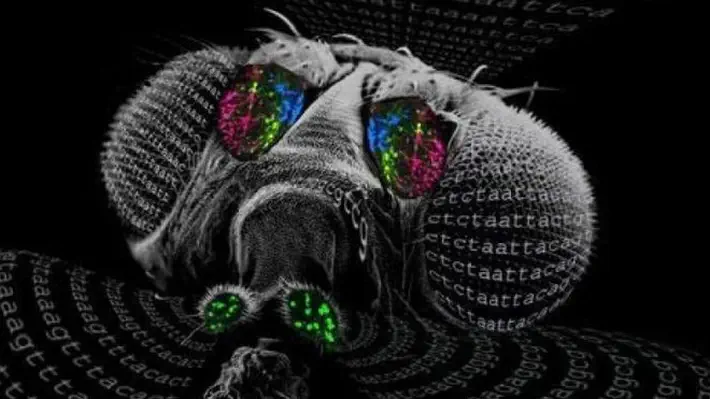contain multitudes • by Padma Dorje • established in 2003
contain multitudes
 MEDICALXPRESS
MEDICALXPRESSResearchers find fly receptor neurons able to communicate without synapse connections
(Medical Xpress)—Researchers at Yale University have found that neural receptors in a fly's antenna are able to communicate with one another despite a lack of synaptic connections. They suggest in their paper published in the journal Nature that the communication between the neurons occurs via elect... “Suspecting that the fluid filled hairs in the antennas of the fly, Drosophila melanogaster, called sensilla, might possess a property known as ephaptic coupling, where nerve cells communicate without a direct link, the researchers tested the abilities of several fly specimens in their lab. The first focused on two receptors located in the sensilla responsible for detecting fruity methyl hexanoate and banana-scented 2-heptanone, respectively. When exposed to methyl hexonate, they found that only the first receptor fired. If heptanone were suddenly introduced however, the first receptor ceased firing immediately as the second commenced indicating that some form of communication between the two was occurring. They found that the reverse worked as well. To rule out possible modes of communication, the researchers conducted the same experiment with flies that had their synapses disabled via drugs and with others that had had their antennas physically cut off. Both showed the same results indicating that the communication was not direct but was localized. ... They suggest that neuron pairs in the sensilla might be communicating with one another via electrical signals. When one detects what it's supposed to detect, it sends a small charge into the fluid in which it and other neurons reside. That charge may then cause other neurons in the vicinity to go silent.”
 MEDICALXPRESS
MEDICALXPRESS




